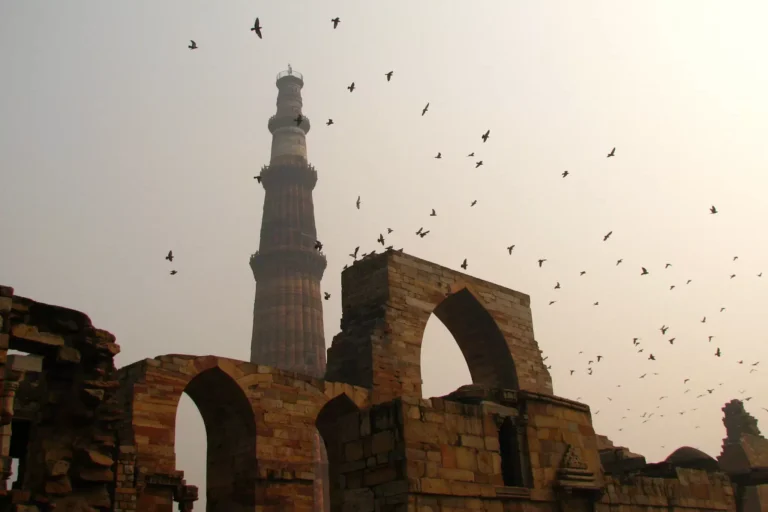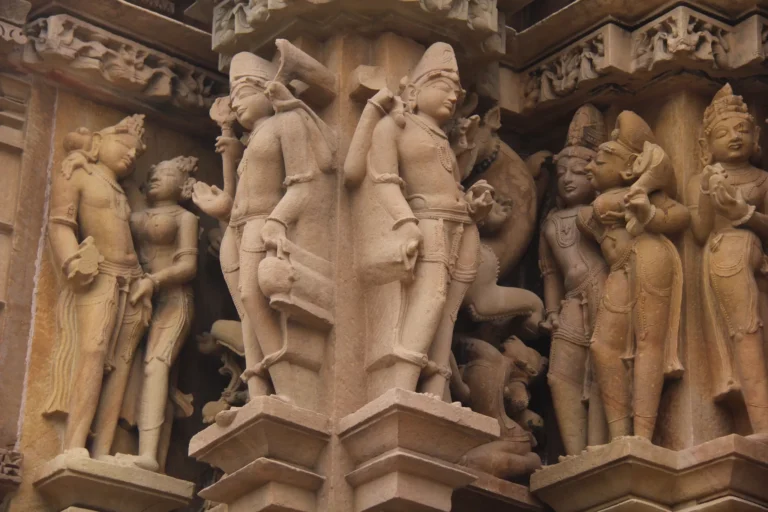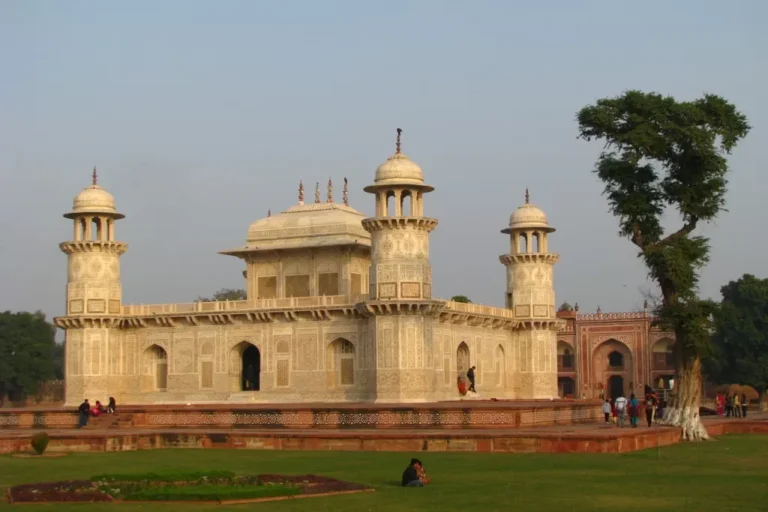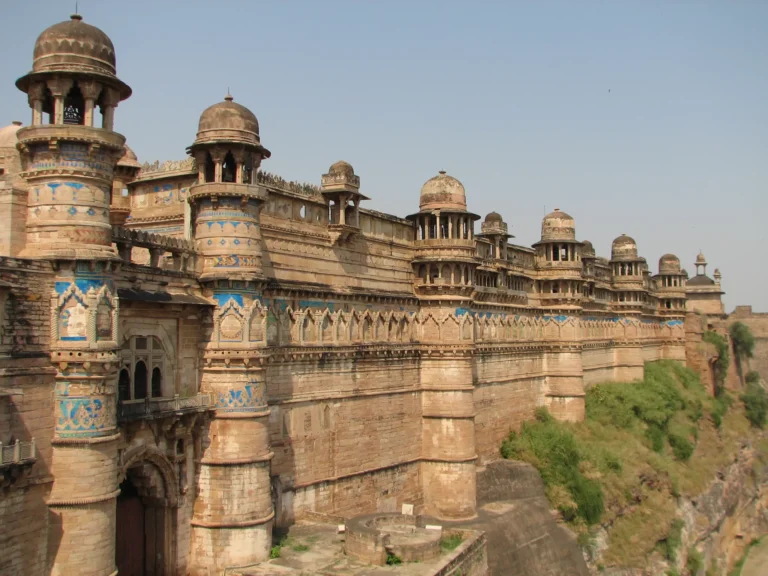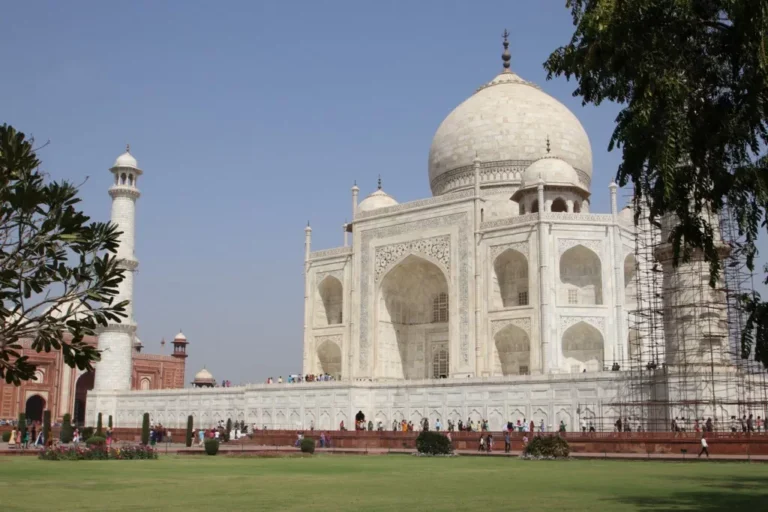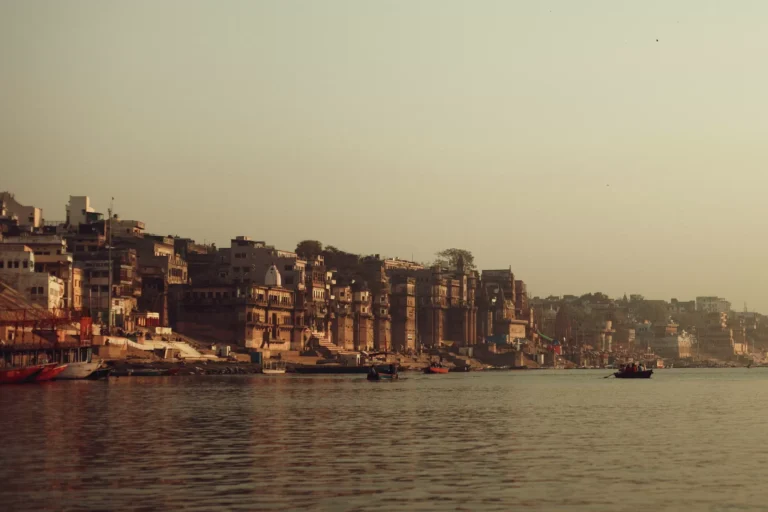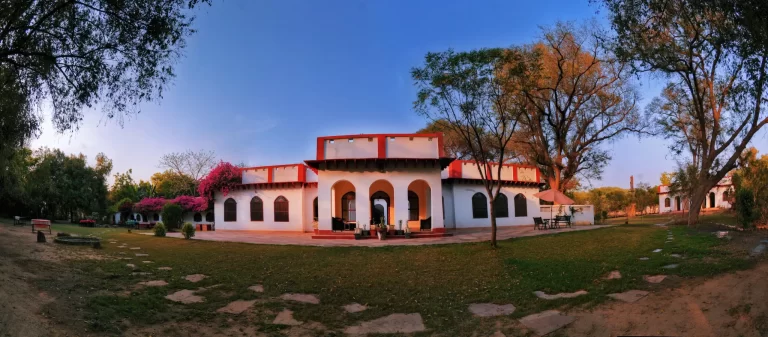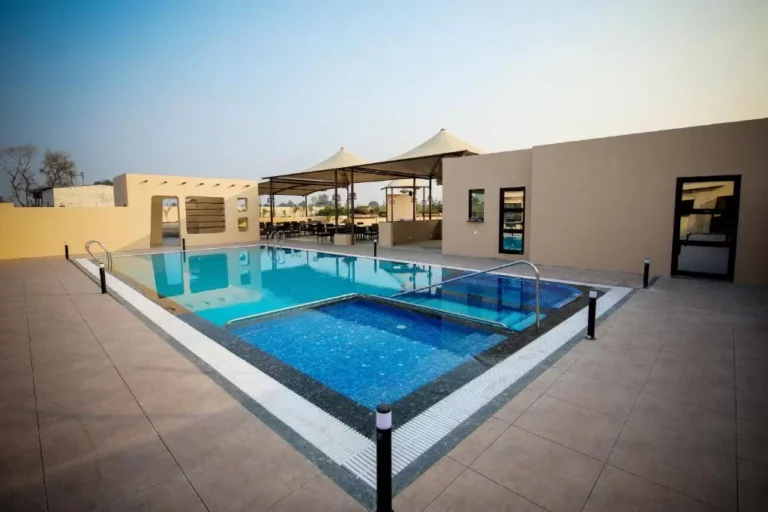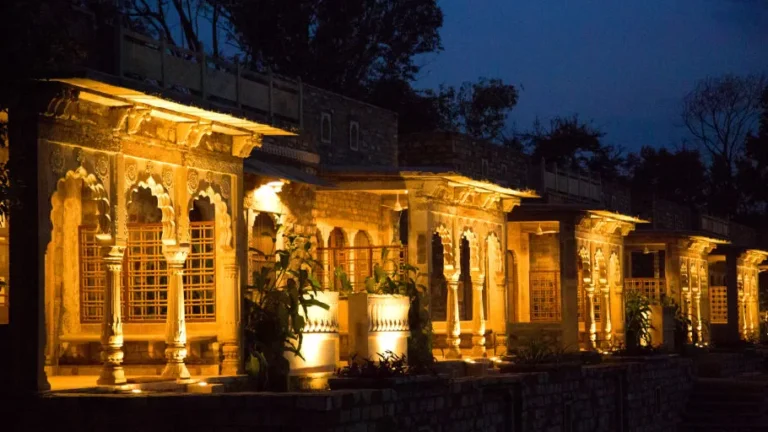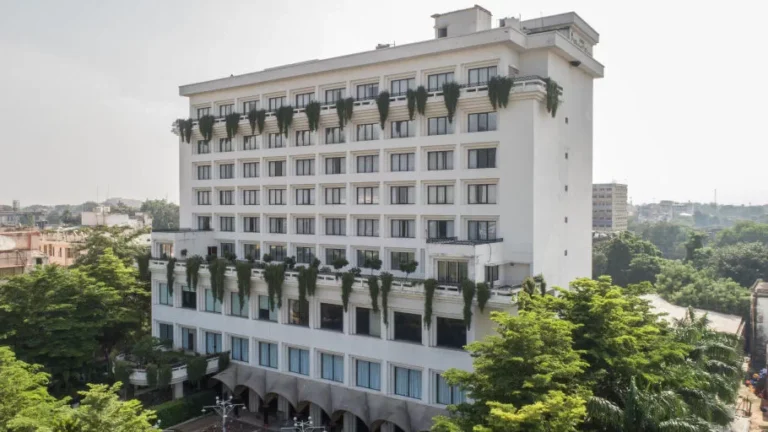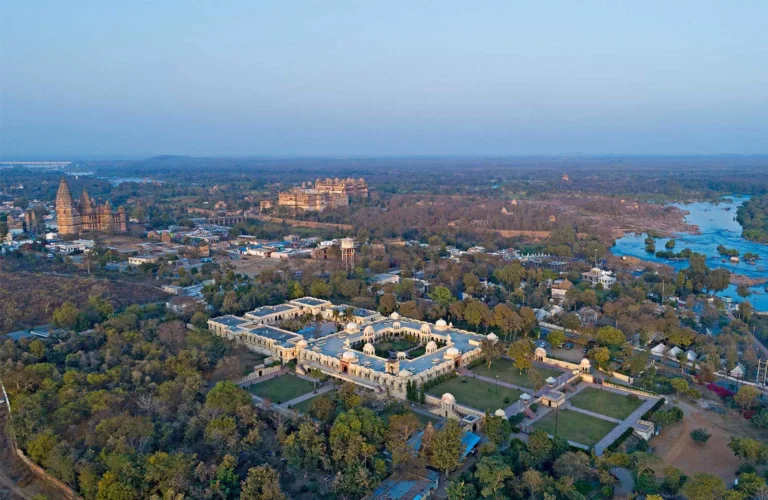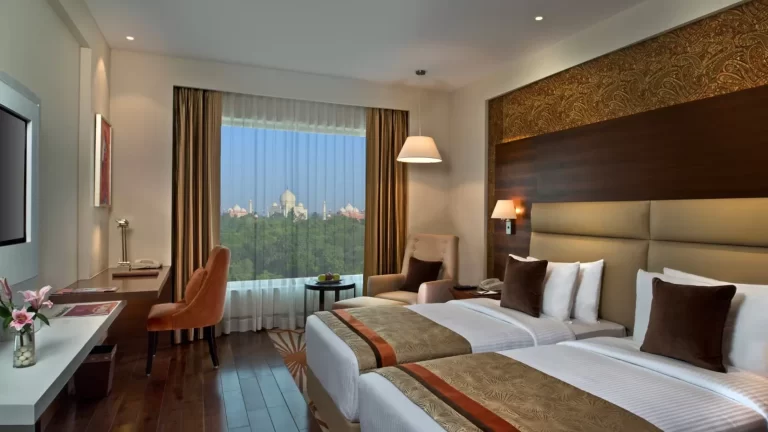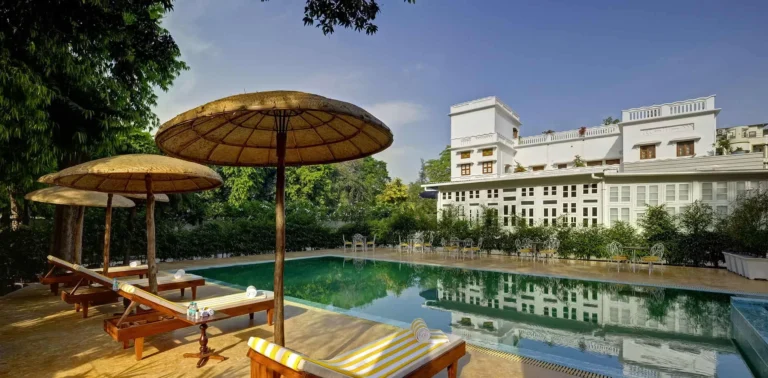This epic trip takes in some of North and Central India’s finest cultural heritage. Regal forts and palaces, ancient temples and timeless rituals on the banks of the Holy Ganges combine perfectly with numerous ‘off-the-beaten-track’ gems that you’re likely to find all to yourself.
Immerse yourself in the rich history, cultures, spirituality and cuisines of North India, travelling through the centuries from ancient Varanasi to myriad dynasties in Delhi, Mughal Agra, and the post-Mughal kingdoms of Gwalior, Jhansi and Lucknow, with reminders of the First War of Independence (or the Indian Mutiny) and the last hurrah of the British Empire in New Delhi.
